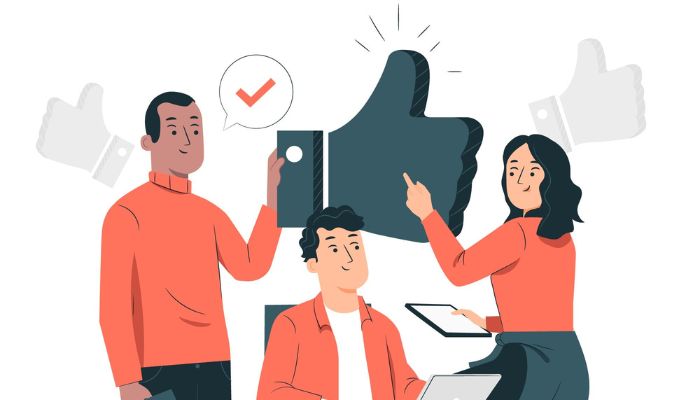While mindlessly scrolling through your LinkedIn feed, you might have seen content highlighting toxic work culture’s lasting and adverse effects. Another trending topic is “employee experience design” and why it’s the need of the hour for all organisations.
It’s no secret that team leaders often have the highest impact on company culture. According to a study by Builtin, a company’s culture is critical for 46% of job seekers. Similarly, Gallup analytics also shows that a workplace culture that attracts high-performers leads to a 33% revenue increase. Employee experience design plays a significant role in driving those numbers.
You might also be interested to read: How HR Managers Can Use People Analytics For A Better Employee Experience
What is employee experience design?
It is creating and improving the overall work experience of each employee within and outside the organisation. By creating employee-centric and employee-positive processes, organisations can benefit greatly.
Think of when you enjoyed a splendid meal at a restaurant, and it wasn’t only because of the food. It was a cumulative win through factors like decor, choice of music, location, and the weather obliging to the mood of the day. Employee experience design replicates this splendid feeling at the workplace.
What are the benefits of employee experience?
- It keeps employees across departments and verticals engaged
- It promotes transparency between all stakeholders
- It is a personalised process
- It places the employee at the heart of all processes
- It improves the company’s overall growth by improving the retention rate
How to build an effective employee experience design
- Involve the employees: Leadership and HR teams often make the mistake of designing experiences for their employees without input. Organisations must be transparent in their communication with their employees. An open line of communication also facilitates new ideas, challenges, or grievances that employees might want to address.
- Conduct surveys: The only way to give employees what they want is by asking them. Surveys and feedback forms can be game-changing in gathering data and information to build employee experiences that further enhance the work culture. Surveys are also helpful in gauging how excited or disinterested employees would be about new initiatives, programs, and other experience enablers.
- One-goal theory: Employee experience design isn’t only about the employee. It’s also about raising the ship together as an organisation and climbing the same mountain. Hence, it’s vital to communicate organisational goals to employees, whether a fresh business approach, a product launch, etc. Managers should empower their teams to achieve micro goals and provide constant yet constructive feedback for improvement areas. The more the employees feel heard, the more they will feel inclined to contribute.
- Celebrate diversity in teams: Only HR professionals and teams alone should not be burdened with designing an employee experience. Employees in different verticals and across departments should be consulted to create a more cohesive and employee-friendly experience.
While these pointers will help you curate experiences that employees will cherish, the primary thing to remember is to make employees feel valued, respected, and heard. By doing so, organisations can expect happier and more fulfilled employees who bring their whole and best selves to work every day.
References:
- Employee Experience Design: All HR Needs To Know | AIHR
- What Is Employee Experience Design And Why Is It Important | Employee Experience Magazine | March 30, 2022
- How To Design An Amazing Employee Experience | Forbes | February 08, 2022
- Company Culture Statistics: Leadership And Engagement In 2022 | Team Stage
- Key Tips To Help You Build An Effective Employee Experience Design For Your Organization | Question Pro
You might also be interested to read: Employee Experience Step-Up With Technology




